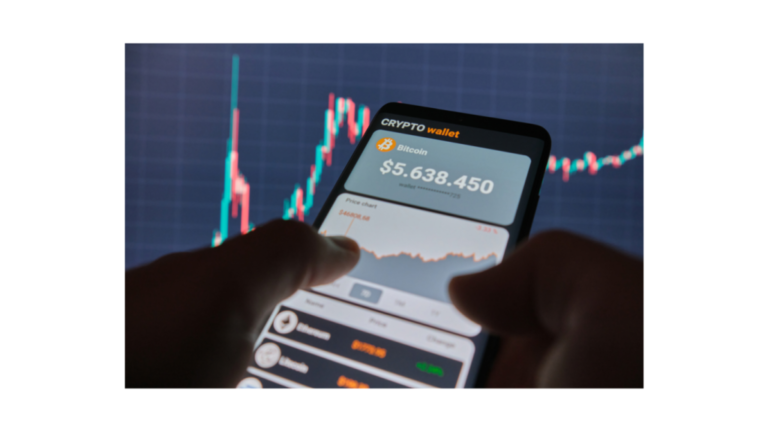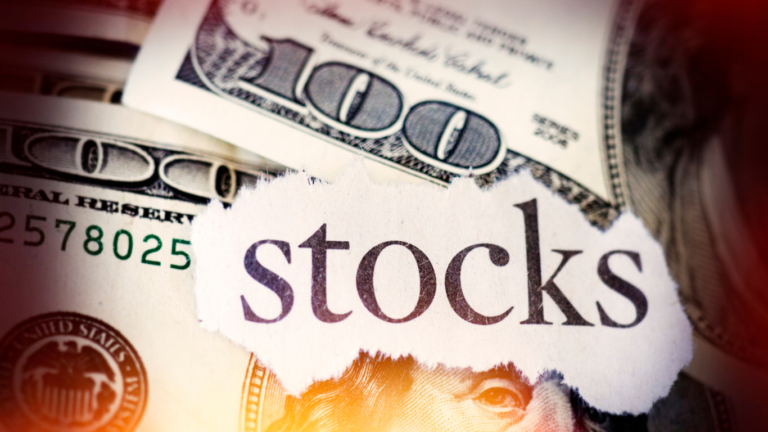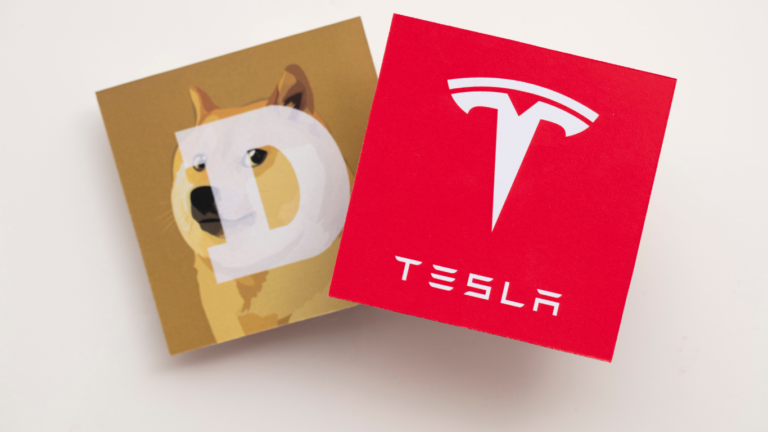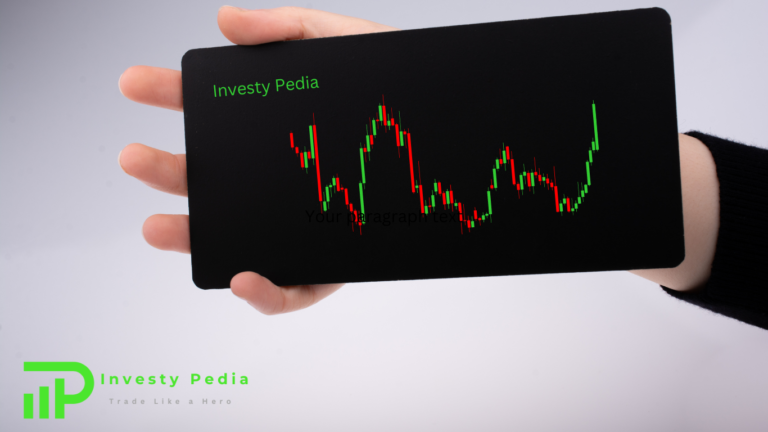Difference between Spot and Future Trading ?
Capitalize on Market Dynamics: Setting Up a Smart Pending Order on Wall Street As Wall Street...
There are several brokers in the Market who offer deposit and no deposit bonus however it’s hard to...
Forex is a big market that covers the 3 Trillion volume of the world and it is an accessory for...
Stock is a 99% growth chance in the Trading Market and especially when you are trading...
There are several different types of stocks where you can invest however, each stock has ...
I would like to recommend simple but most important Steps which everybody must consider before...






